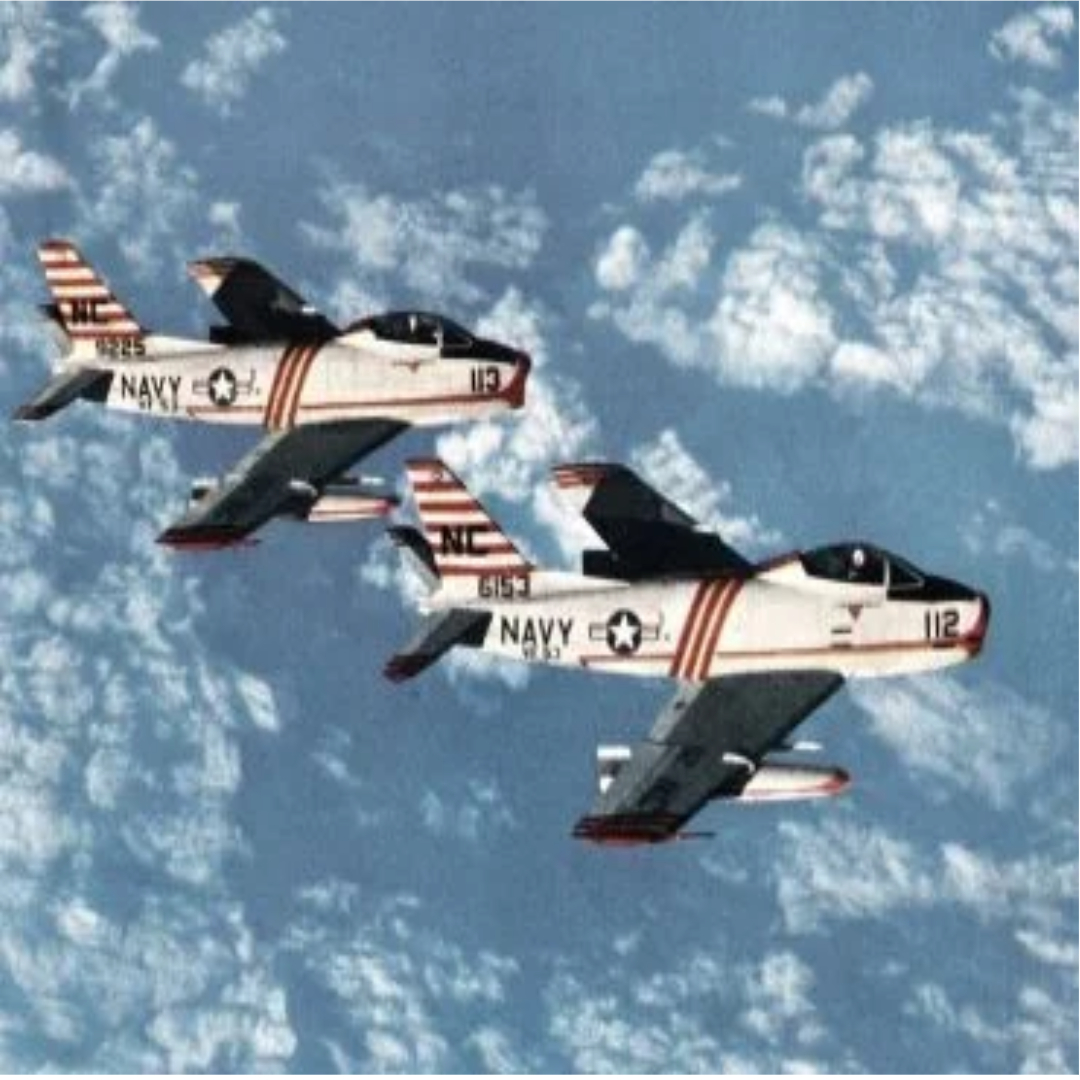When it comes to military operations, the AC-130 Gunship is a formidable force to be reckoned with. This heavily armed ground attack aircraft is equipped with an array of weapons, including cannons, Gatling guns, and missiles, making it a deadly adversary for enemy forces. In a battle between an AC-130 and enemy troops, the outcome is usually in favor of the gunship due to its superior firepower, advanced technology, and strategic capabilities.
AC-130 Gunship: Dominating the Battlefield
The AC-130 is designed to provide close air support for ground troops, conduct air interdiction, and offer armed reconnaissance. Its ability to loiter over a target area for extended periods, unleashing a barrage of firepower, makes it a key asset in defeating enemy forces on the battlefield. Few military aircraft can match the firepower and precision of the AC-130 Gunship, which has earned a reputation as a formidable adversary thanks to its devastating arsenal and advanced technology.
History and Development
The AC-130 Gunship traces its origins back to the Vietnam War, where the need for a close air support aircraft that could provide sustained firepower to ground troops became apparent. In response, the United States Air Force developed the AC-130 based on the C-130 Hercules transport aircraft. Over the years, the AC-130 has undergone several upgrades and modifications to enhance its capabilities and effectiveness in combat situations.
Advanced Weaponry and Technology
One of the key features of the AC-130 Gunship is its impressive array of weapons that can be employed with pinpoint accuracy against enemy targets. These include a 105mm cannon, a 40mm Bofors cannon, and a 25mm Gatling gun, all capable of delivering devastating firepower. Additionally, the AC-130 is equipped with advanced sensors and targeting systems that enable it to identify and engage targets with remarkable precision, even in low light or adverse weather conditions. With its arsenal of weapons and advanced technology, the AC-130 has become a key asset in military operations worldwide, providing close air support, reconnaissance, and interdiction.
Tactical Advantages
One of the key tactical advantages of the AC-130 is its ability to deliver precision firepower from the sky. Equipped with a variety of weapons, including cannons, missiles, and bombs, the AC-130 can strike enemy targets with pinpoint accuracy, providing valuable support to ground troops in need. Another advantage is its advanced sensors and surveillance capabilities, which allow it to gather critical intelligence on enemy movements and positions. This information can be crucial in planning and executing successful military operations.
Notable Combat Roles
The AC-130 has played vital roles in various combat situations. For instance, during the Battle of Takur Ghar in Afghanistan in 2002, an AC-130 provided vital fire support to stranded U.S. troops, helping turn the tide of the battle and save lives. Another success story is its participation in Operation Anaconda in Afghanistan in 2002, where the aircraft played a key role in attacking and suppressing enemy positions, allowing ground forces to advance and secure critical objectives.
Challenges and Limitations
Despite its many advantages, the AC-130 does face some challenges and limitations. One of the main limitations is its vulnerability to enemy anti-aircraft defenses. While heavily armed and armored, the AC-130 is not invincible and can be shot down by enemy fighters or surface-to-air missiles. Another challenge is its operating costs. The aircraft is expensive to operate and maintain, requiring significant resources and manpower, which can strain military budgets and limit the number of AC-130s that can be deployed in a given operation.
Future of AC-130 Operations
Despite these limitations, the AC-130 remains a critical asset in modern warfare, providing valuable support to ground troops and striking fear into the hearts of enemy combatants. As technology continues to advance, the future of AC-130 operations is evolving to keep up with modern warfare tactics. Key aspects include the integration of advanced technologies and upgrades to enhance its battlefield capabilities. New sensors, communication systems, and weapons systems are being introduced to ensure that the AC-130 remains a lethal and effective asset in combat zones. These upgrades not only improve the aircraft’s performance but also increase its survivability in hostile environments.



